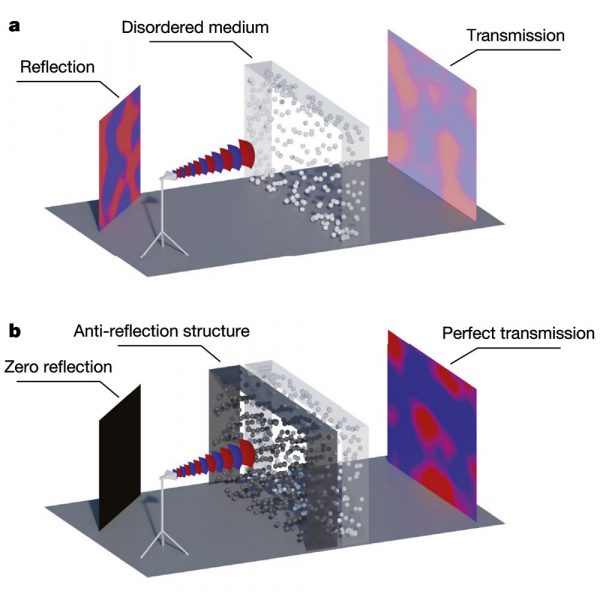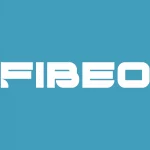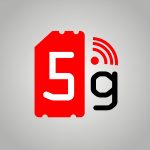Scientists Find Way to Help WiFi Network Signals Go Through Walls

Researchers at the Vienna University of Technology and the University of Rennes in Austria have found an interesting solution that could help WiFi signals from your local wireless network to more effectively penetrate through walls and boost coverage, which can be thought of as being similar to an anti-reflective coating on glasses.
At present if you want to boost the wireless (WiFi) signal from your home broadband router then it usually involves a mix of approaches, such as positioning your router (and or its antennas) in the best location possible and attaching additional signal repeaters (mesh networks) or extender devices.
The choice of what radio band you connect to is also another consideration, with the lower frequencies of 2.4GHz delivering slower speeds but better coverage than higher frequencies like 5GHz or 6GHz. The latter two can carry more data, but their waves are much weaker when it comes to penetrating through walls, and thus the best speeds are only achieved when you’re sitting much closer to the router.
Advertisement
Indeed, as most people will already know, walls are the arch nemesis of any home wireless network – particularly if your walls happen to be very thick or full of material with a fair bit of metal. The signal may go through, but it will be much weaker once it reaches the other side, assuming it reaches the other side at all.
An electromagnetic wave that strikes the surface of a wall will see some of its signal passing through (refraction), while another part will get reflected and the last bit simply ends up being absorbed. Put another way, the walls in your home are a bit like a complicated labyrinth and some of those you send into that maze won’t make it through, while others will be knackered once they reach the other side (sounds a bit like how we all feel when watching one of those political leader debates on TV).
Tackling Walls
According to the team of scientists, which have published their results in the journal Nature (PDF), the solution to this challenge is to take that “randomly disordered medium” (i.e. a wall) and effectively make it translucent to all incoming light waves (radio waves are just another form of light) by placing a tailored complementary medium in front of it.
The idea of essentially adding a second (additional) obstacle to the first one in order to enable such signals to achieve an “almost perfect transmission” when passing through the wall is somewhat of a counter-intuitive solution, but there’s method in the madness.
Advertisement
Matthieu Davy, Assistant Professor in Electronics at the Université de Rennes, said:
“This additional obstacle allows to guide the waves in the initial maze to follow totally transmitted paths, eliminating any reflection, regardless of the direction of illumination.”
The difficulty is that the structure of the obstacles added to the wave path has to be carefully designed: it has to match the reflection pattern of those same waves by the initial obstacle (i.e. accurately calculating the exact shape of the anti-reflective coating). The team thus developed an innovative tool for calculating the additional obstacle, which allows to obtain fast results regardless of the two-dimensional complexity of the additional obstacle.
The new technique is said to be remarkable because it does not require any previous knowledge of the obstacle’s (wall) internal structure. You need only to scan the reflection of waves at its surface. This result is applicable to all types of waves and to a whole range of frequencies: from radio waves to visible light, from seismic waves to sound waves.
However, deploying all of this in a home sounds as if it could be very tricky (how do you make the additional obstacle for a wall?), and there’s another problem. At this stage, the experiment mimics only obstacles in two dimensions, for waves spreading along a surface (i.e. a waveguide). “If we consider a volume of material, the determination of the very precise configuration of the added obstacles requires too much computer time at this point,” said the summary.
Nevertheless, this discovery offers many perspectives in the field of telecommunications, energy transfer, detection of disturbances and biomedical imaging. In the future, it might be possible to build new medical scanners, telecommunication systems or even walls in homes, with better wireless propagation in mind and without sacrificing the strength of a solid obstacle or similar physical barriers. Suffice to say, the results could extend well beyond WiFi, but don’t give up your mesh network just yet.
Advertisement
Mark is a professional technology writer, IT consultant and computer engineer from Dorset (England), he also founded ISPreview in 1999 and enjoys analysing the latest telecoms and broadband developments. Find me on X (Twitter), Mastodon, Facebook, BlueSky, Threads.net and Linkedin.
« The Plan to Add Broadband and Mobile Cover to UK Property Listings























































we’ve done this with mirrors… and aluminum foil.
Putting extra foil on your head also helps.
Waves passing through a medium is transmission. Waves passing from one medium to another of different density at an angle other than 90 degrees, and so changing direction is refraction.
Like putting pringles tins on your router antenna eh….. 😉
So.. invisibility cloak?
How does it address linear wall obstruction? e.g., where walls rub c20:30ft/6 to 8metres in line with the Router/ smarthub??
University of Rennes is in Brittany, France rather than Austria.
Interesting findings and hopefully commercial applications in the future.